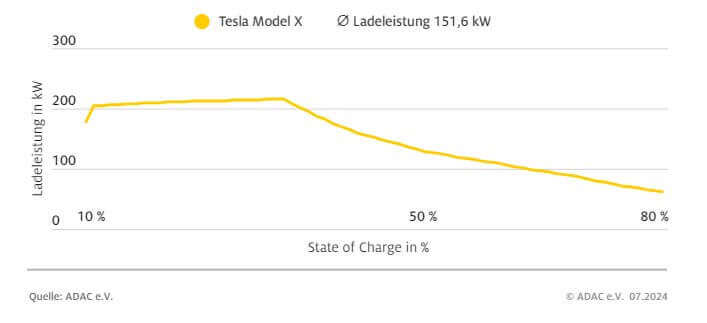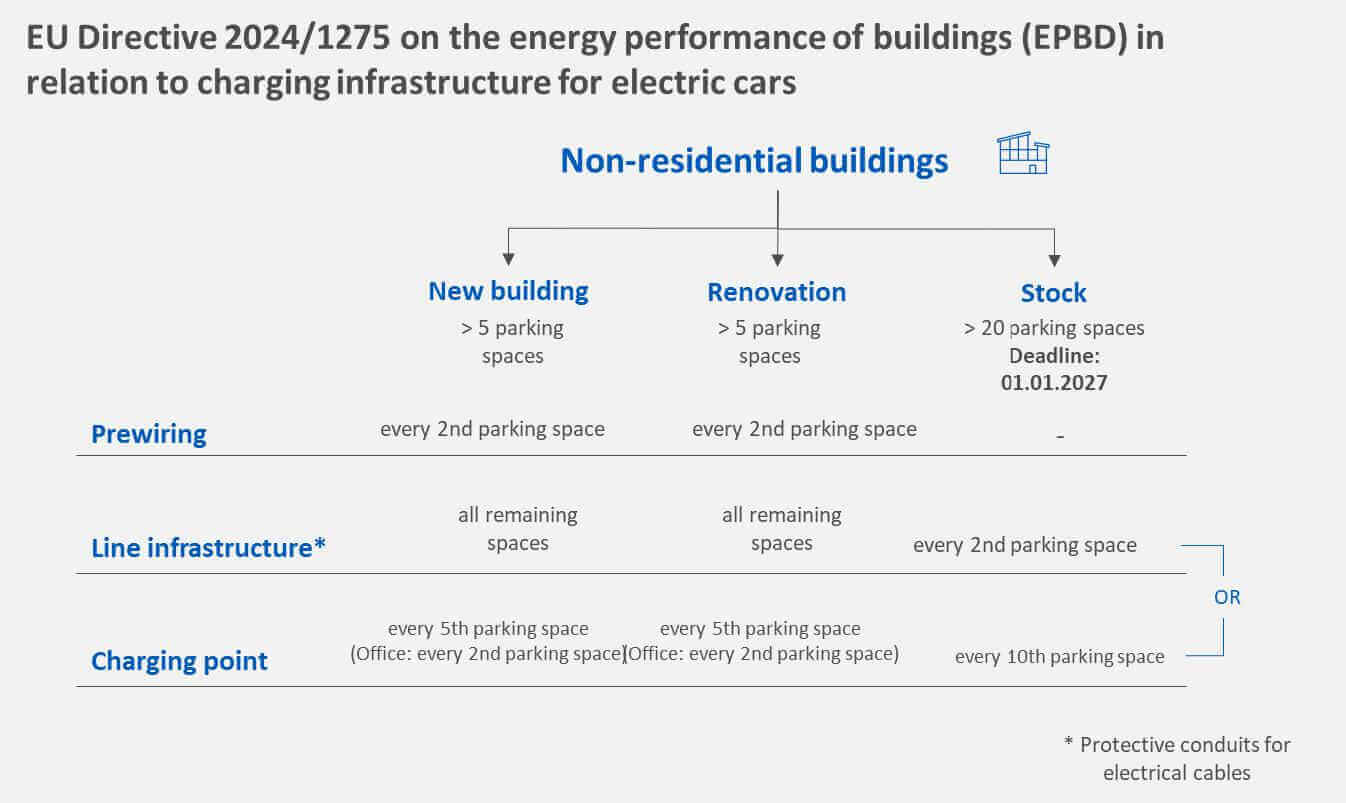With the introduction of the EPDB into national law, there will be a further massive expansion of charging points in Germany. Operators with good access to property portfolio holders will benefit in the long term.
In order to successfully drive the transformation to electromobility, the nationwide expansion of public charging infrastructure is crucial. By establishing an independent charge point operator (CPO) under the “Stark Energy” brand, re:cap global investors ag has already given the go-ahead to enter the high-power charging (HPC) charging infrastructure business in 2022. With a broad project pipeline of HPC charging parks, we are playing our part in the mobility transition and enabling institutional investors to participate in this asset class. Several of our charging parks were successfully put into operation in 2023 and in the current year. A large number are currently in the construction and planning phase.
In general, a distinction can be made between two types of charging systems alternating current (AC) charging and direct current (DC) charging. In addition to AC charging stations, which are suitable for slow charging at residential and work locations, DC charging systems with increased charging speed are particularly important: high-power chargers with their high charging capacity offer customers maximum convenience and short charging times for electric car drivers. The use of HPCs is particularly suitable at busy locations with short dwell times, such as near motorways or at supermarkets and shopping centres.
HPCs currently have a maximum output power of up to 400 kW per charging station and charging point. In order to be able to charge an electric vehicle quickly, it must also have a high charging capacity. However, the maximum charging power of the vehicle says nothing about the effectiveness of a DC charging process, as the charging curve of the respective vehicle is decisive here. This describes the charging power as a function of the state of charge (SoC). While the maximum power consumption of high-priced electric vehicles regularly reaches 200 kW or more, the average charging power over the entire charging process is often significantly different. The reason: electric cars cannot usually be charged constantly at maximum power. The charging curve of a vehicle is significantly influenced by various factors. In particular, the state of charge and the battery temperature. Real charging curves show that low charge levels favour a high charging capacity, but that this decreases as the charge level increases. This means that HPC charging with high charging power is often only possible over a limited period of time, as can be seen in the charging curve of a Tesla Model X shown below.

In order to accelerate the nationwide expansion of public charging infrastructure for electric vehicles, the EU has not remained inactive in the recent past. The amendment to the EU Energy Performance of Buildings Directive (“EPBD”) introduced stricter requirements for the charging infrastructure for non-residential buildings. New non-residential buildings or those undergoing extensive renovation that have more than five parking spaces must install at least one charging station per five parking spaces and provide cabling for at least 50% of the parking spaces for future charging stations. For office buildings, at least one charging point must be installed for every two parking spaces. By the beginning of 2027, non-residential buildings with more than 20 parking spaces must provide either one charging point for every ten parking spaces or a wiring infrastructure for at least 50% of the parking spaces. [2, 3]

The EPBD is an EU directive that all member states must transpose into national law within 24 months of its adoption on 28 May 2024. In Germany, the Act on the Development of a Building-Integrated Charging and Conducting Infrastructure for Electromobility (GEIG) currently regulates this topic. It is therefore to be expected that the GEIG will be adapted to the new regulations. So far, only a few property owners have already dealt with this topic in detail. Now is therefore the right time for all those affected to take the initiative.
Are you the owner of commercial premises with numerous parking spaces and looking for a reliable partner for the expansion of the charging infrastructure?
Stark Energy GmbH offers its services specifically to property funds, property owners and operators of retail parks, shopping centres, supermarkets and other locations with high traffic volumes. We assume all installation and operating costs, offer attractive lease fees and operate the charging station once it has been installed.
References
[1] https://www.adac.de/rund-ums-fahrzeug/elektromobilitaet/laden/schnellladen-langstrecke-ladekurven/
[2] https://www.gebaeudeforum.de/ordnungsrecht/eu-vorgaben/epbd/
[3] https://eur-lex.europa.eu/legal-content/DE/TXT/PDF/?uri=OJ:L_202401275
